INTRODUCTION
Where does shibari comes from?
Shibari is an art form shrouded in mystery, with a fascinating historical development. Since humans invented the method of producing string from botanic fiber and animal skins, binding has become an essential action of human production. In Japan, such techniques of binding have a special importance due to the isolationist foreign policy of the Tokugawa shogunate, which lasted more than two centuries. This isolationism caused Japan to delay the incorporation of advanced metalurgical technology into their country’s development. As a result, tools such as string, bamboo, and rope were integral to the process of production.
Rope on the body was first used during the Samurai era to capture prisoners and criminals, a martial art called Hojojutsu. Even today, Japanese policemen always have rope in their vehicles. This intricate form of binding evolved over the centuries to have erotic derivations, which eventually expressed itself in theatrical performances and paintings in Japan. Its popularity finally proliferated with the internet connecting bondage enthusiasts worldwide. They thought themselves strange and unique with their rope fantasies, and now the world has realized this visceral desire to be bound is a universal yearning. Whether it’s for meditative, aesthetic or erotic reasons, shibari is a powerful tool to find the pathway to one’s inner self and create a somatic connection to body and mind.
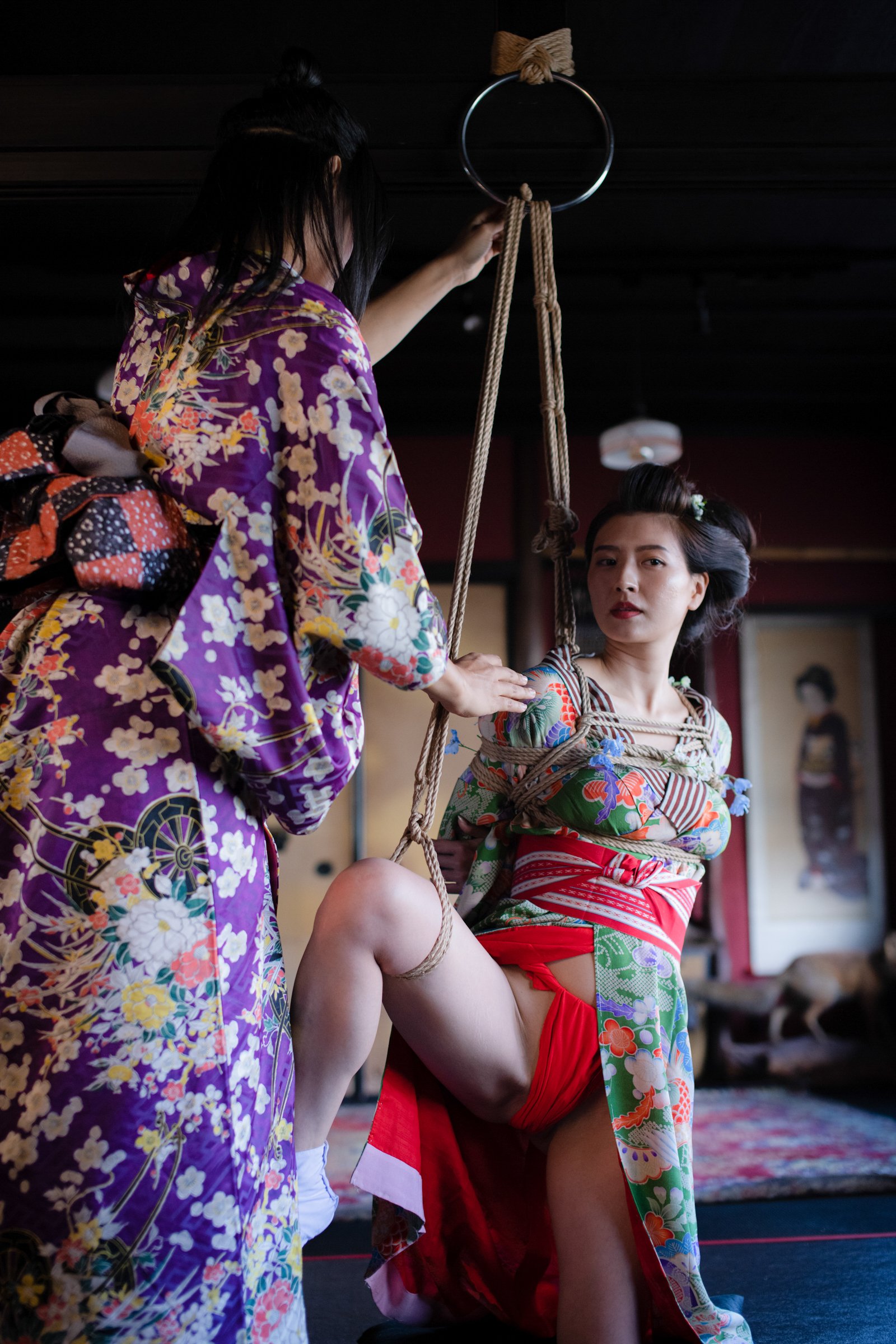
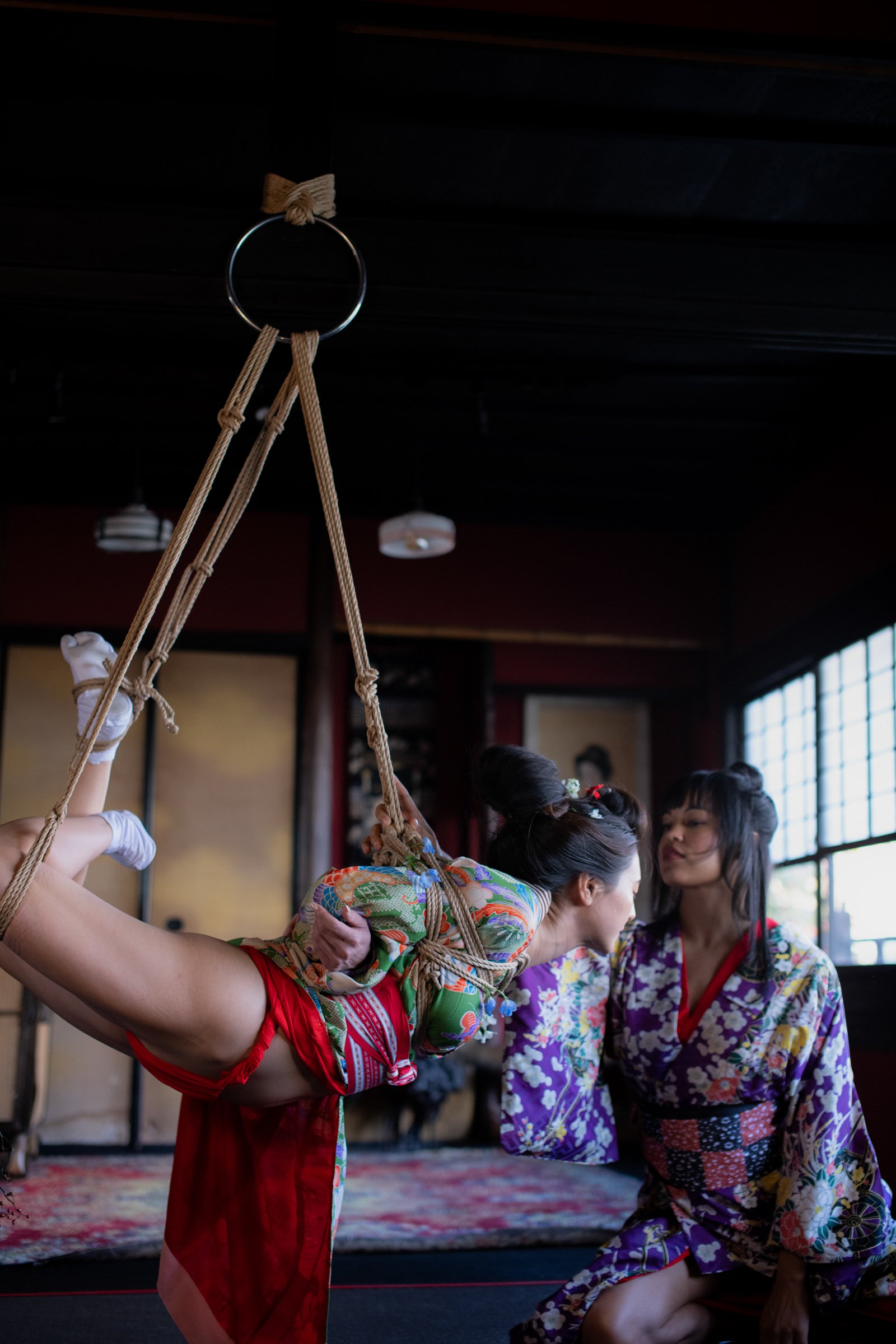
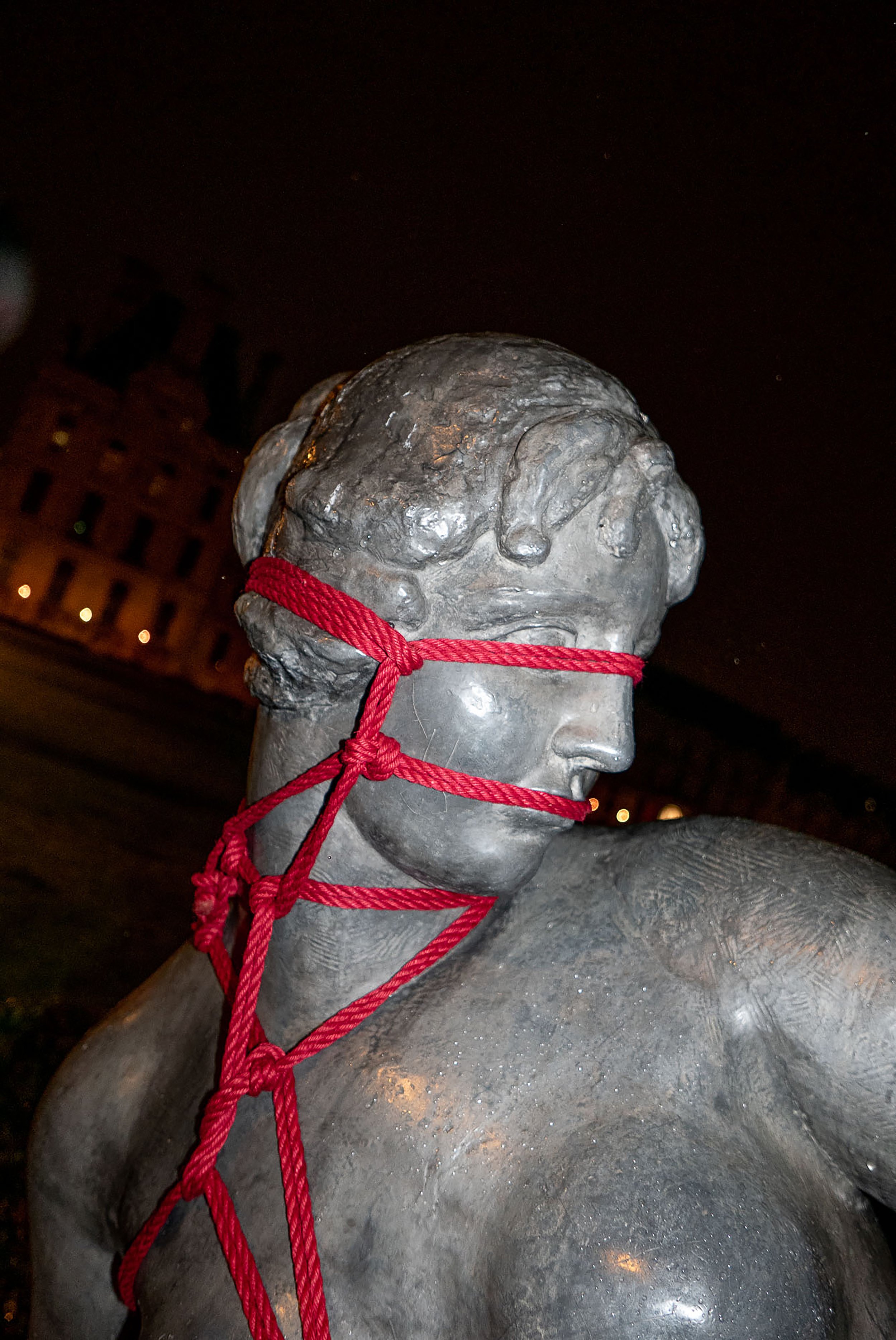
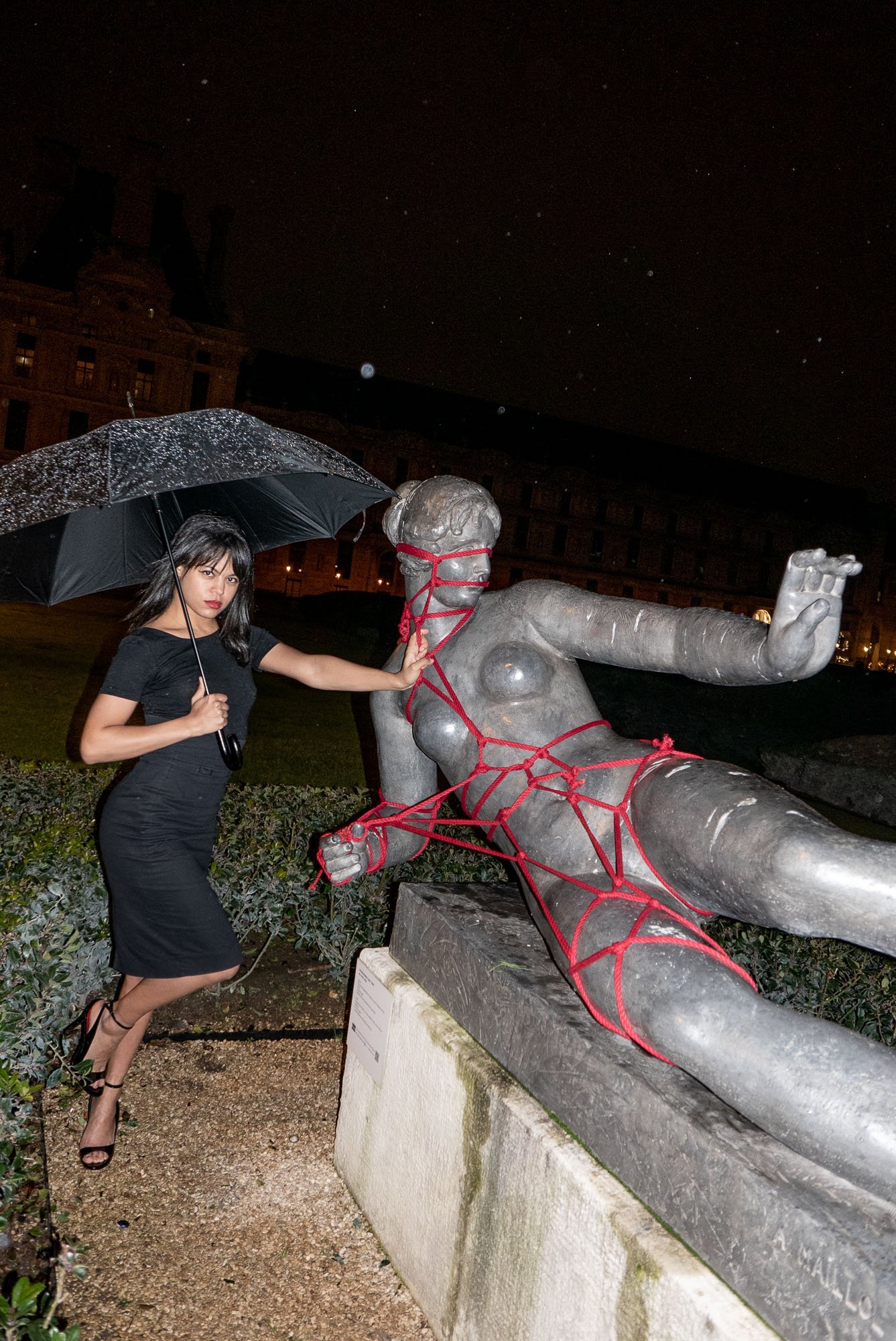

Anniversary Issue of @narcissemagazine photographed by @mathieutrautmann featuring @yslbeauty @guerlain
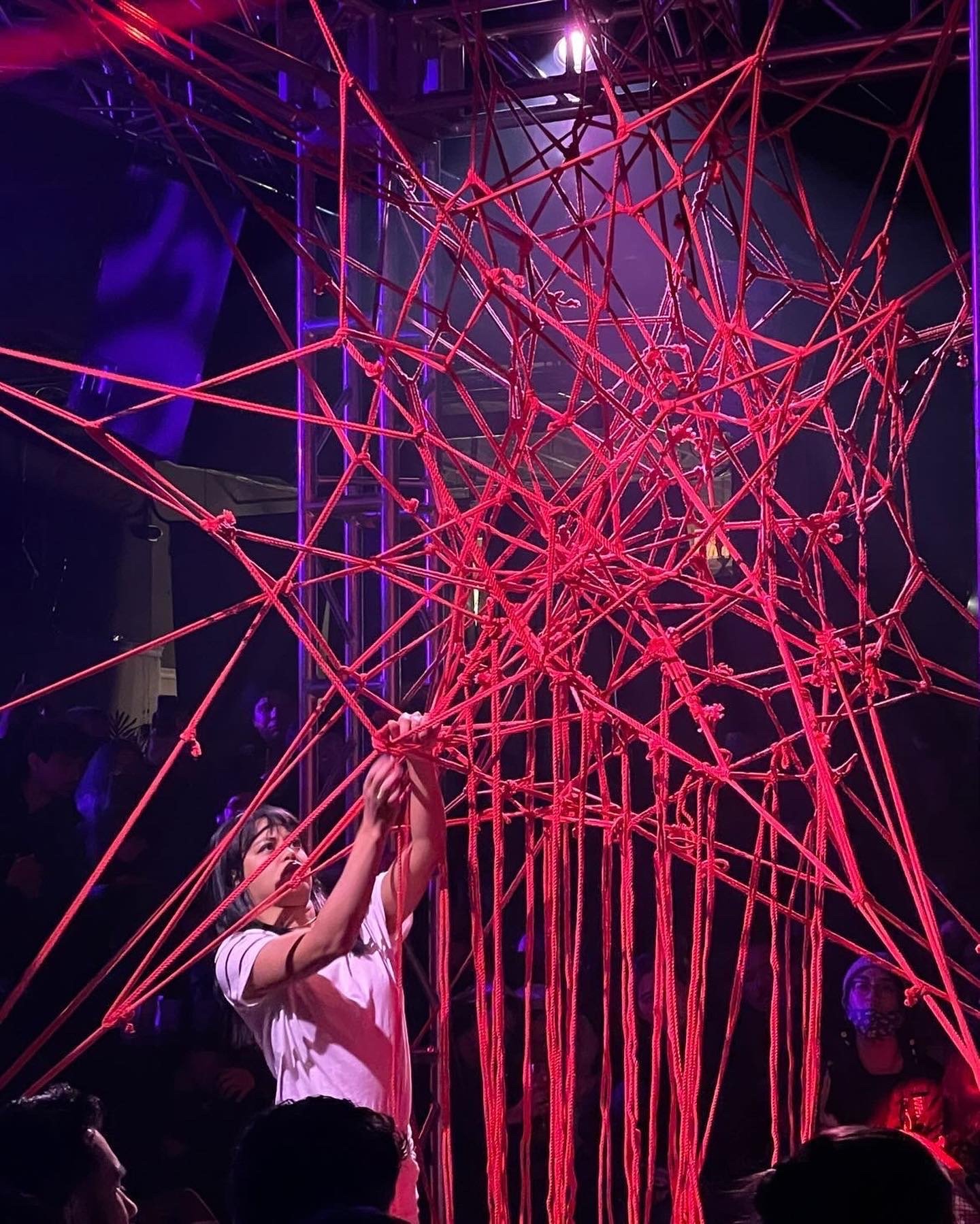
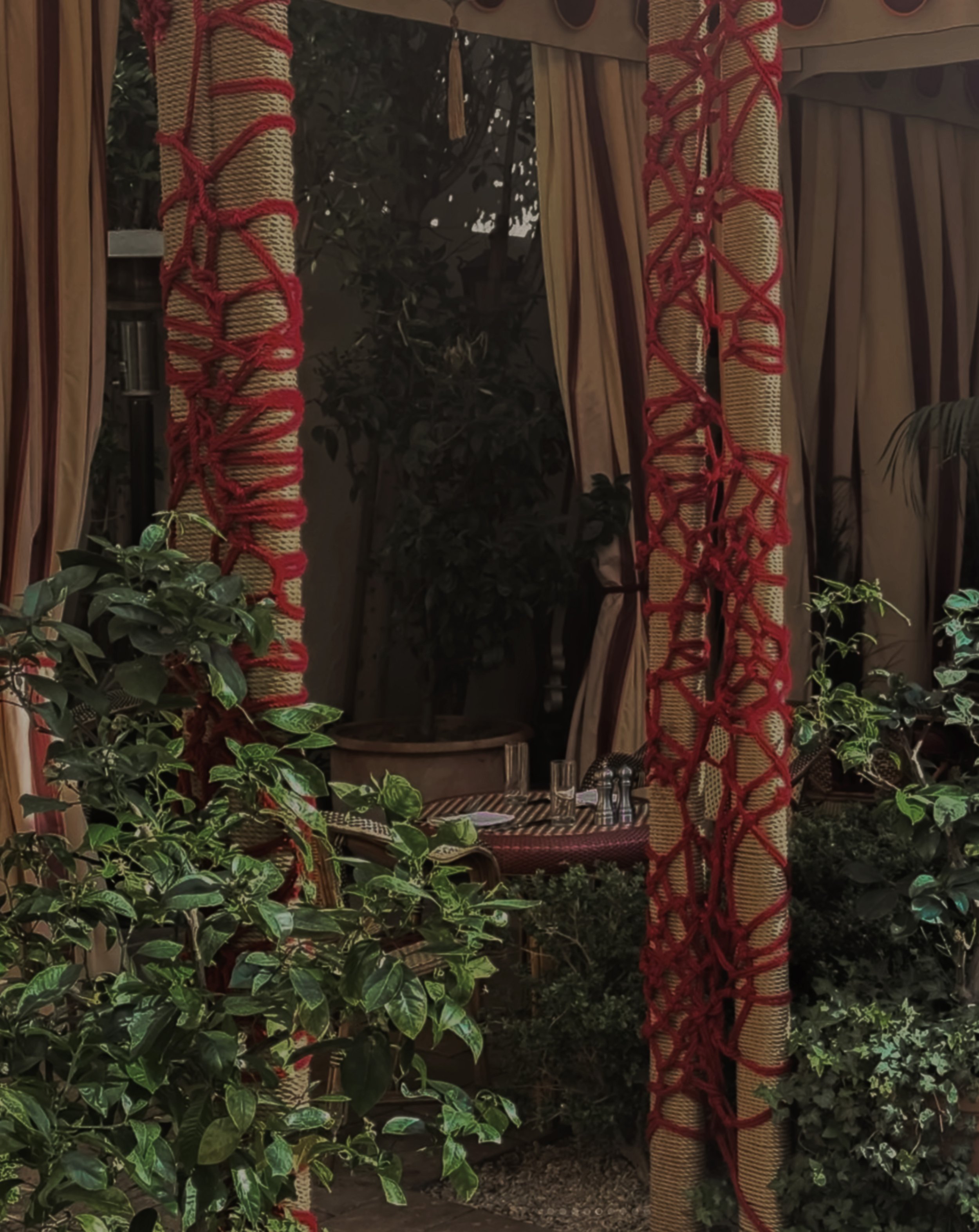
Permanent installation at Château Marmont - 2024

Staring at Nancy tied by Marie. Live performance at Ruttkowski68 gallery - 2020


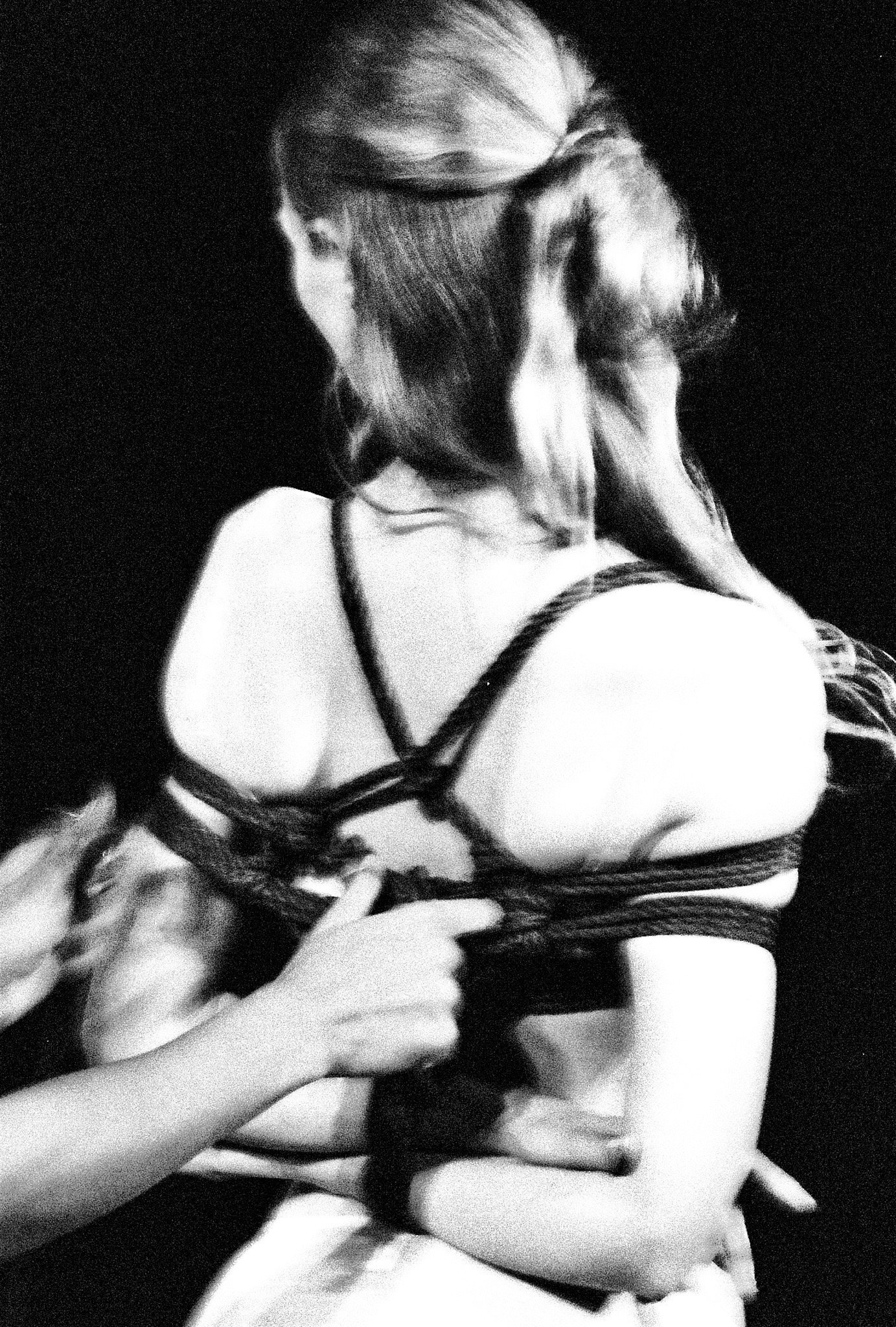



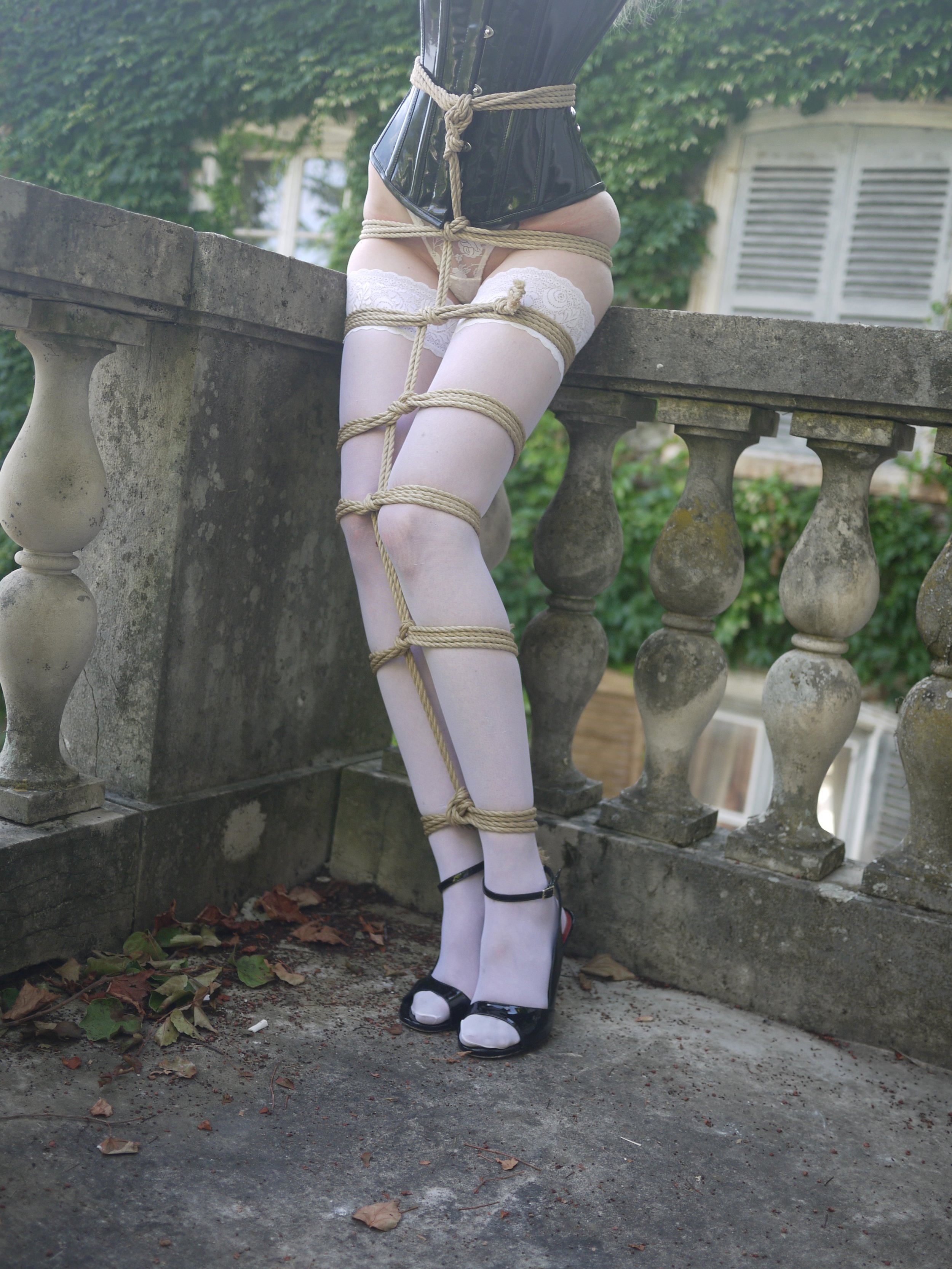

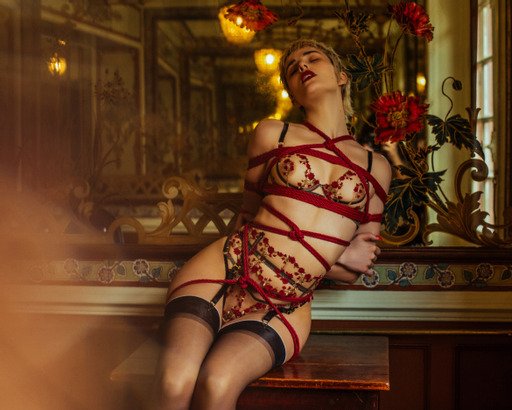
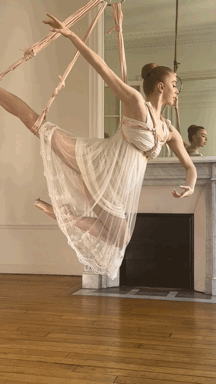
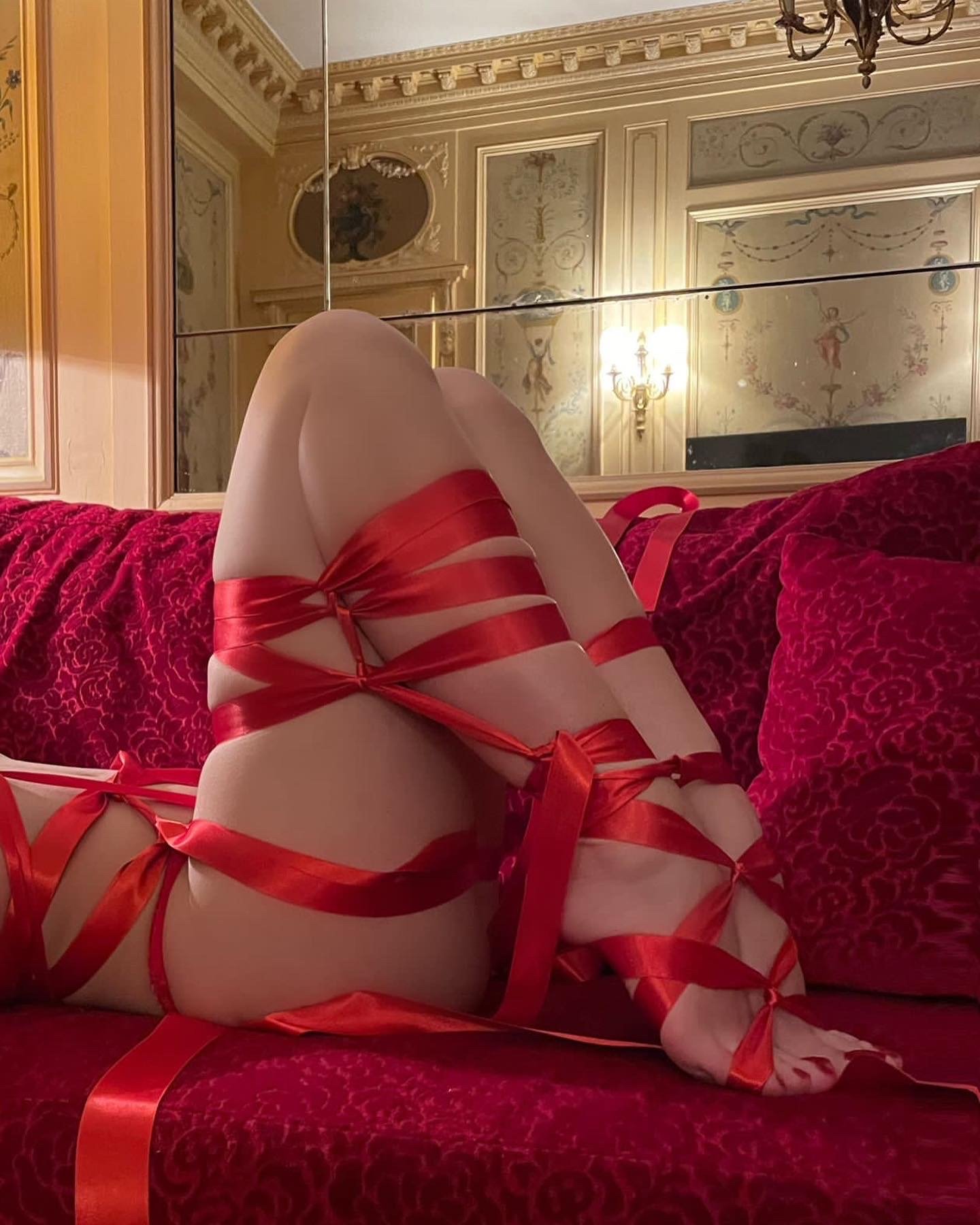
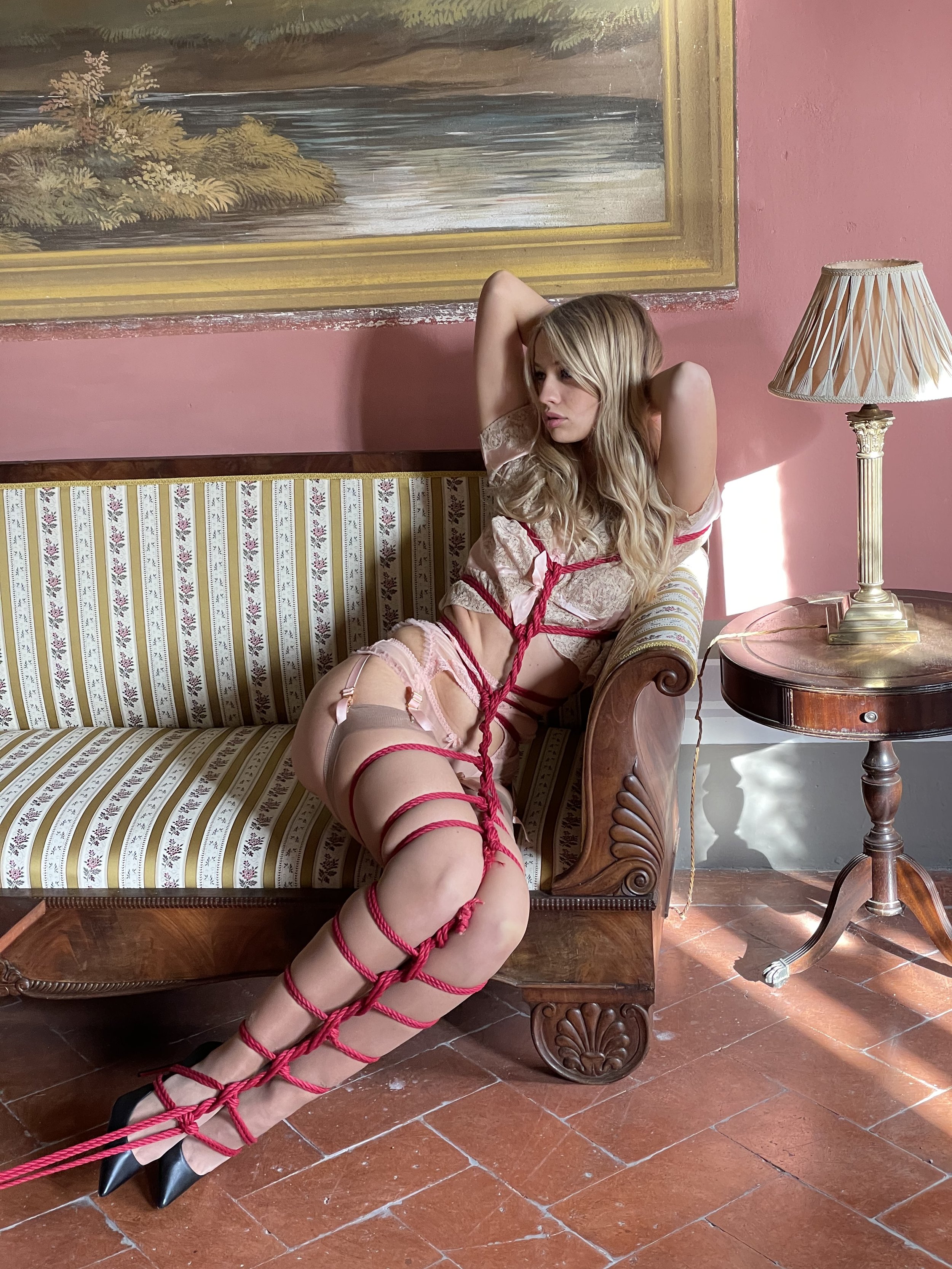

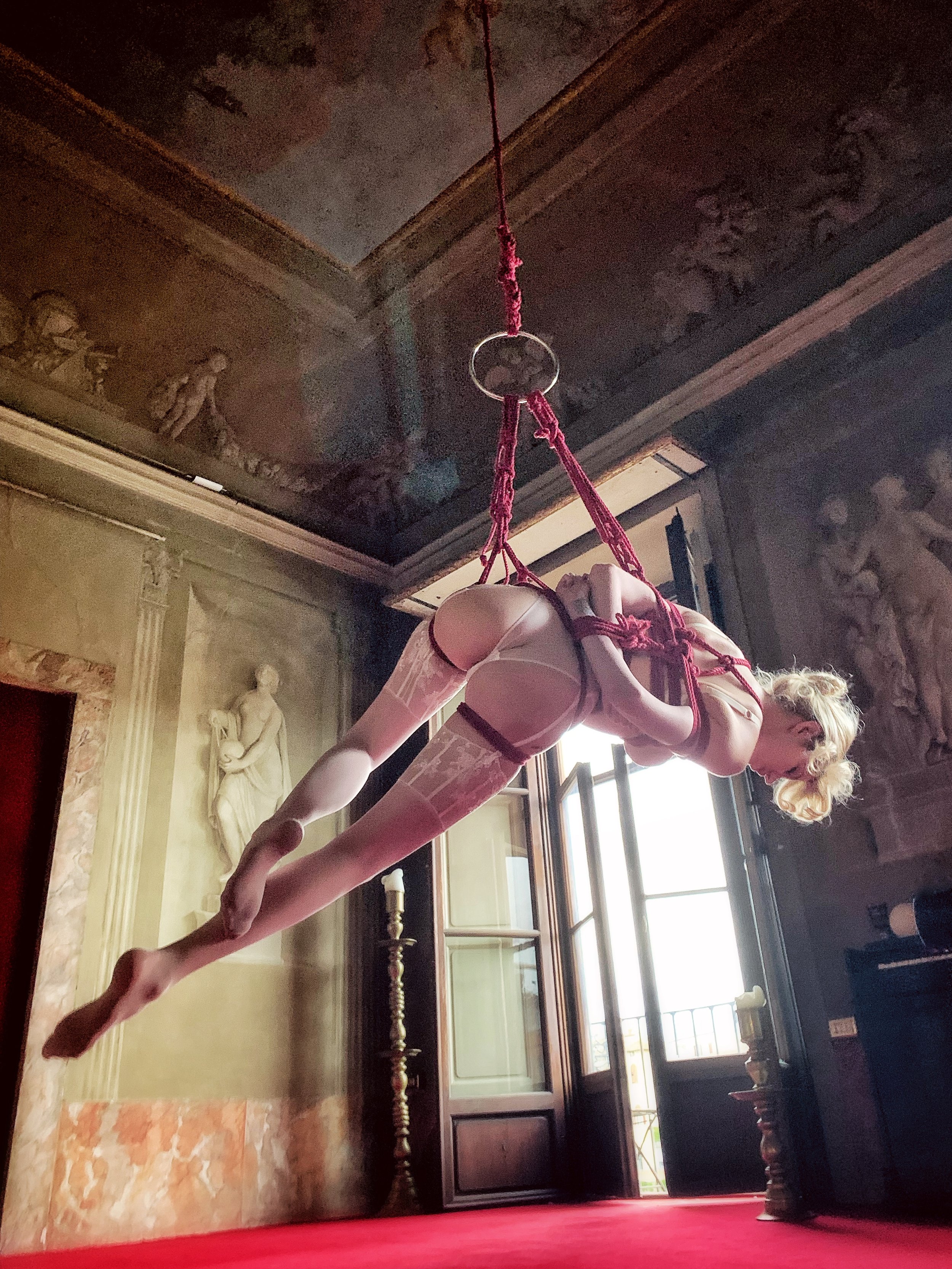

MARIE SAUVAGE
A female rigger
Marie Sauvage is a shibari artist from New York City, now based in Paris. She studied art at Parsons Paris School of Art & Design. It was in art class, she realized a fascination with the beauty of the human form in her live drawing classes. Shibari became her ultimate medium of artistic expression. Over the last 7 years, this practice transformed into a ritual of mindfulness.
Shibari is a Japanese practice of binding the body that is rooted in both sensual and Zen principles. It transforms and sculpts the contours of the body with rope, while creating a somatic container for people to embody the emotions brought to the surface of their subconsciousness.
She began her rope practice in 2017 when she met Shibari master Hajime Kinoko at his art installation at Burning Man. He invited her to move to Tokyo to work with him at his studio, and since then, she has traveled alongside Kinoko and on her own, giving performances and installing gallery exhibits worldwide.
Marie Sauvage is one of the women who publicly performs Shibari, a Japanese art form that has been predominantly practiced by men.
Her feminine approach has given the art of tying a fresh perspective on power dynamics, making rope feel more approachable to a wider audience, especially a female audience. Her tying has subverted the cultural norms around rope, garnering the curiosity of people beyond the world of fetishism.
Instead of adhering to the predominant themes surrounding SM culture, she emphasizes the sensual exploration of rope as a catalytic device for self awareness and mindfulness.
The rigger and muse are equal participants, in a utopian space where mutual trust and vulnerability allow connection to each other and self. Marie does not rehearse her Shibari, allowing each performance to be an open expression of connection.
For Marie, shibari is a celebration of intimacy, a public performance is a ritual, a ritual for the collective to be remember what’s important; feeling pleasure and emotions within your body, and feeling deeply connected to others.
Assisting Hajime Kinoko at Palais Tokyo, Museum of Contemporary Art in Paris, France - 2019

